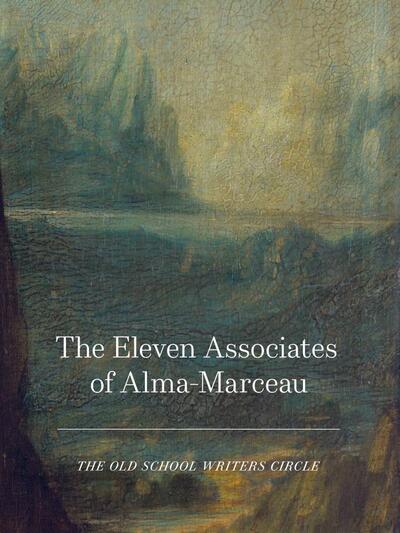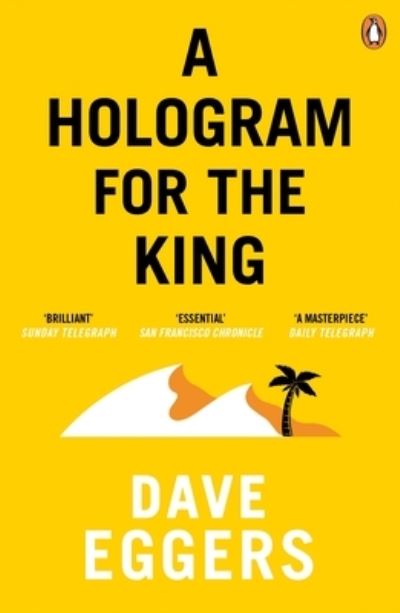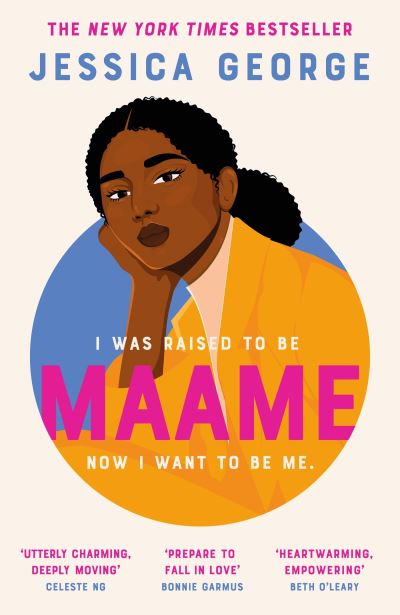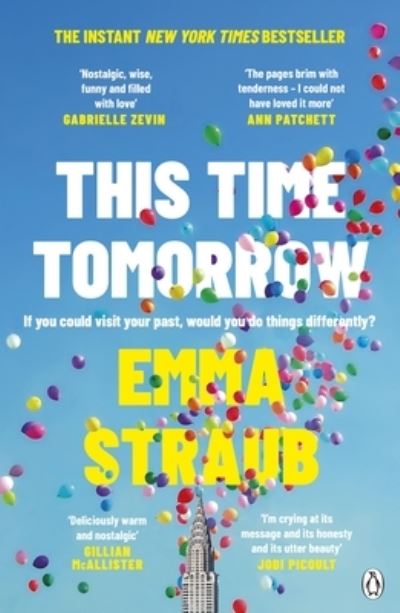Description
Summer in Paris. British art student Adam King undertakes an internship at a contemporary art museum. An encounter with an unusual collective of young people looking to change the world, along with a strange revelation in front of The Mona Lisa, sees him facing much more than his own coming-of-age. Against a backdrop of late capitalism, media and surveillance, ‘The Eleven Associates of Alma-Marceau’ not only asks questions about how people’s images, words and lives are given a platform, used and manipulated in the digital era, but also invites readers to question the very nature of what they perceive. Within this modern-day story about painting, visual communication and how creative ideas are responded to by society, Leonardo, of course, is still ahead of the game, more than five hundred years after his death… ********** The Old School Writers Circle is a group of friends who periodically meet up to discuss art, writing and books. The current members studied at the same school in Birmingham, UK, in the late 1980s and early 1990s, and now live in various locations around England. Famous literary alumni of the school include, somewhat eclectically, J.R.R. Tolkien, Lee Child and Jonathan Coe, all of whom are on the circle’s ever-growing list of influences. Projects can be serious as well as playful, confronting unusual and challenging themes through stories that do not necessarily fit squarely within conventional genres. For their debut publication, ‘The Eleven Associates of Alma-Marceau’, the starting point was a shared love of Paris and The Louvre – inspired in part by numerous trips across the Channel by members of the circle over the past twenty-five years. The other driving force was the long-standing interest of circle member Matt Price in esoterica and unusual optical phenomena in the history of painting – ideas explored and brought together by the circle in the form of this curious, engaging and thought-provoking novel. ‘The smart move here is to pursue meaning in painting through the medium of fiction’ –Nicholas Alfrey, Art Historian





